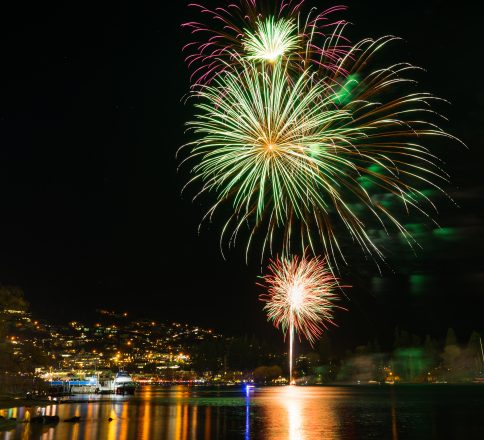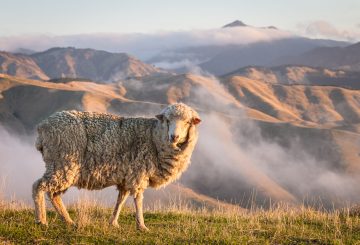가이 포크스 데이(Guy Fawkes Day)는 2022년 11월 5일 토요일이다. 많은 사람들이 불꽃놀이 전통을 따를 것으로 전망해 뉴질랜드 소방서는 불꽃놀이의 안전한 사용에 관한 규정을 발표했다.
전국적으로 강풍이 예상되므로 올해 각별한 주의를 요청했다. 불꽃놀이는 전문가에게 맡기는 것이 더 좋지만 직접 불꽃놀이를 하려는 경우 알아두어야 할 사항은 다음과 같다.
예시:
- 가벼운 불꽃놀이는 뒷마당에서만 가능하며 공공 장소에서는 사용할 수 없다. 위반 시 최대 $20,000의 벌금이 부과될 수 있다.
- 바람이 많이 불지 않는 곳에서 잔잔한 저녁에 작은 불꽃놀이를 즐기길 권한다. 폭죽은 바람에 의해 화재로 바뀔 수 있다.
- 화재 발생 시 근처에 물통이나 호스를 준비해둔다. 사용한 모든 폭죽은 버리기 전에 물에 담가 둔다.
- 이웃에게 사전에 공지하고 반려 동물은 집 안에 둔다.
금지 사항:
- 공공 공원에서의 조명 불꽃놀이는 허용되지 않는다.
- 직접 폭죽을 터뜨릴 계획이라면 술을 마시면 안된다.
- 폭죽은 옆으로 향하지 말고 위로 향하게 하며 다른 사람을 향해 쏘면 안된다.
뉴질랜드의 일부 지역에는 다음과 같은 특별 규정이 있다.
- 노스랜드의 카리카리(Karikari) 반도, 아히파라(Ahipara) 마을 일대에서는 개인 불꽃놀이가 금지돼 있다. 이번 금지령은 11월 2일부터 내년 4월 30일까지 시행된다.
- 오클랜드에서는 연중 17:00-22:30까지만 개인으로 폭죽을 터뜨릴 수 있다. 뉴질랜드의 다른 지역과 마찬가지로 공원과 도로를 포함한 모든 공공 장소에서는 불꽃놀이가 금지된다. 모닥불의 경우, 오클랜드시는 해변과 공원을 포함한 공공 토지에 모닥불을 켜기 전 승인을 받아야 한다. 개인 부지에 모닥불을 피우는 것은 불법이다.
- 퀸스타운 레이크 디스트릭트(Queenstown Lakes District)에서 여러 차례 연중 화재 금지령이 시행되고 있다. 퀸스타운 레드(Queenstown Red), 피그섬(Pig Island), 앨버트 타운 보호구역(Albert Town reserve) 및 캠핑장, 코로넷숲(Coronet Forest), 아이언산(Mt Iron), 피존섬(Pigeon Island), 루비섬(Ruby Island)이 해당된다.
자세한 내용은 checkkitsalright.nz에서 확인할 수 있다.






























































